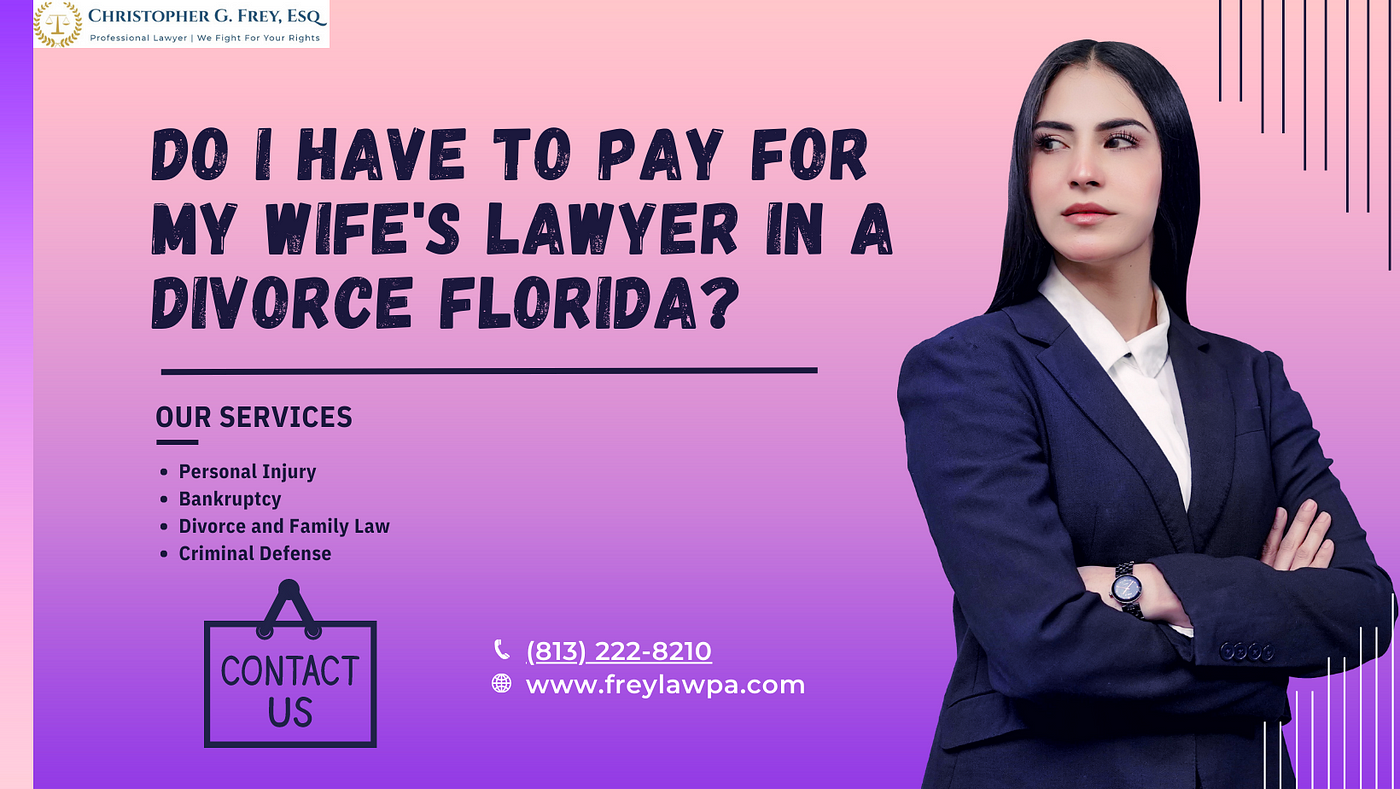Small Claims Court and Car Accidents Involving Uninsured Motorists
After a car accident, dealing with the aftermath can be overwhelming, especially if the other driver is uninsured. In such situations, small claims court may offer a viable option for seeking compensation for damages. Small claims court is a simplified legal process designed to resolve minor disputes without the need for an attorney. It is typically used for cases involving relatively small amounts of money, such as those arising from car accidents.
What is Small Claims Court?
Small claims court is a simplified legal process designed to resolve minor disputes without the need for an attorney. It is typically used for cases involving relatively small amounts of money, such as those arising from car accidents. The procedures and rules for small claims court vary from state to state, but they generally share some common features. For instance, in most states, there is a limit on the amount of money that can be claimed in small claims court. Additionally, small claims courts often have simplified procedures and rules of evidence, making it easier for individuals to represent themselves.
Filing a Claim in Small Claims Court
To file a claim in small claims court, you will need to complete a complaint form and file it with the court clerk. The complaint should include basic information about your case, such as the name of the defendant, the amount of money you are seeking, and a brief description of the accident. Once you have filed your complaint, the court will schedule a hearing. At the hearing, you will have the opportunity to present your case to a judge. The judge will then make a decision based on the evidence presented.
Advantages of Small Claims Court
There are several advantages to filing a claim in small claims court. First, it is relatively inexpensive to file a claim. Second, the procedures are simple and straightforward, making it easy for individuals to represent themselves. Third, small claims courts are often more accessible than traditional courts, with hearings held in convenient locations. Finally, small claims courts can provide a relatively quick resolution to your case.
Disadvantages of Small Claims Court
There are also some disadvantages to filing a claim in small claims court. First, the amount of money that you can recover is limited. Second, you will not be able to recover attorney’s fees, even if you win your case. Third, the judge’s decision is final, meaning that you cannot appeal it.
Small Claims Court for Car Accidents
If you’ve been involved in a car accident with an uninsured driver, you’ve probably got a lot of questions. One of the first things you may wonder is whether you can sue them in small claims court. The answer is: it depends. Small claims court is a simplified legal process that allows people to resolve disputes without having to hire an attorney. However, there are some limitations on what types of cases can be heard in small claims court, and car accident cases can be particularly tricky.
In most states, you can file a claim in small claims court if the amount of money you are seeking is below a certain threshold. This threshold varies from state to state, but it is typically around $5,000. If you are seeking more than the small claims court limit, you will need to file a lawsuit in regular civil court.
Filing a Claim in Small Claims Court
If you decide to file a claim in small claims court, you will need to follow the specific procedures for your state. In general, you will need to file a complaint with the court, which will include information about the accident, the other driver, and the amount of money you are seeking. You will also need to serve the complaint on the other driver, which means giving them a copy of the complaint and a summons to appear in court.
Once the complaint has been served, the other driver will have a certain amount of time to respond. They can file an answer to the complaint, which is a document that admits or denies the allegations in the complaint. They can also file a counterclaim, which is a claim that they are seeking against you.
If the other driver does not respond to the complaint, you may be able to get a default judgment against them. This means that the court will rule in your favor without a trial. However, if the other driver does respond to the complaint, you will need to go to trial to prove your case.
Small claims court trials are typically less formal than trials in regular civil court. You will not be required to have an attorney, but you may choose to have one represent you. You will have the opportunity to present your evidence and argue your case to the judge. The judge will then make a decision based on the evidence presented.
If you win your case, the court will enter a judgment in your favor. This judgment will state the amount of money that the other driver owes you. You will then need to collect on the judgment, which can be a challenge if the other driver does not have any assets.
Small Claims Court Car Accident No Insurance: What You Need to Know
If you’re involved in a car accident and the other driver doesn’t have insurance, don’t despair. You may still be able to recover compensation for your damages through small claims court. Here’s what you need to know about filing a claim in small claims court:
Filing a Claim
To file a claim in small claims court, you will need to gather evidence of the accident, such as a police report, medical records, and witness statements. You will also need to determine the amount of damages you are seeking. Once you have gathered your evidence, you can file a claim with the court.
Gathering Evidence
The most important step in filing a small claims court claim is gathering evidence. This evidence will help you prove your case and recover compensation for your damages. Some of the most common types of evidence include:
- Police report: A police report is a detailed account of the accident that was prepared by a law enforcement officer. It will include information about the accident, such as the date, time, and location, as well as the names and contact information of the drivers involved.
- Medical records: Medical records document your injuries and the treatment you received. They can be used to prove the extent of your injuries and the cost of your medical care.
- Witness statements: Witness statements can corroborate your account of the accident. They can be especially helpful if the other driver is disputing your claim.
Determining Damages
Once you have gathered your evidence, you will need to determine the amount of damages you are seeking. Damages can include both economic damages, such as medical expenses and lost wages, and non-economic damages, such as pain and suffering.
Filing Your Claim
Once you have determined the amount of damages you are seeking, you can file your claim with the court. The process for filing a claim varies from state to state, so you should check with your local court for specific instructions.
Going to Court
If the other driver disputes your claim, you will need to go to court to present your case. At trial, you will have the opportunity to present your evidence and argue your case. The judge will then make a decision on your case.
Small Claims Court Car Accident No Insurance
Getting into an accident is a stressful and often costly experience, especially when the other driver doesn’t have insurance. If you’ve been injured in a car accident and the other driver doesn’t have insurance, you may be wondering what you can do to recover your damages. One option is to file a claim in small claims court.
Small claims court is a less formal court system designed to handle disputes involving relatively small amounts of money. The procedures are simpler and the rules of evidence are more relaxed than in other courts. This can make it a good option for people who don’t have a lot of experience with the legal system.
Preparing for Court
Once you have filed your claim, you will need to prepare for your court hearing by gathering witnesses and evidence. This can include:
- Witness statements
- Police reports
- Medical records
- Photographs of the accident scene
- Estimates for repairs or replacement of your vehicle
You will also need to prepare a statement of your damages, which should include the following:
- Medical expenses
- Lost wages
- Pain and suffering
- Property damage
It is important to be prepared for your court hearing, as this will increase your chances of success. If you are not comfortable representing yourself, you may want to consider hiring an attorney.
The Hearing
At your court hearing, you will have the opportunity to present your case to the judge. You will need to present your evidence and witnesses, and you will also have the opportunity to cross-examine the other driver’s witnesses.
The judge will then make a decision based on the evidence that you have presented. If you win your case, you will be awarded a judgment for the amount of your damages. The other driver will then be ordered to pay you the amount of the judgment.
Collecting Your Judgment
If you win your case, you will need to take steps to collect your judgment. This can be done by:
- Garnishing the other driver’s wages
- Seizing the other driver’s property
- Filing a lien against the other driver’s property
Collecting a judgment can be difficult, but there are steps that you can take to increase your chances of success. You should contact the court for more information about how to collect your judgment.
Small Claims Court Car Accident: No Insurance
In the unfortunate event of a car accident where the at-fault driver is uninsured, recovering compensation can be daunting. However, small claims court offers a relatively accessible avenue for victims to pursue their claims. While navigating the legal system can be intimidating, understanding the process and representing yourself can be a viable option.
Representing Yourself
In small claims court, you’re not legally obligated to hire an attorney. Representing yourself can save you legal fees and provide you with direct control over your case. However, it’s essential to weigh the pros and cons carefully and consider seeking legal counsel if necessary.
Before embarking on self-representation, familiarize yourself with the court rules and procedures. This can include attending court hearings to observe proceedings or consulting with court staff for guidance. It’s also crucial to gather all relevant evidence, such as accident reports, medical records, and witness statements, which will strengthen your case.
During the hearing, be prepared to present your case clearly and concisely. Organize your evidence logically and provide specific details about the accident, your injuries, and any expenses incurred. It’s also important to dress professionally and conduct yourself respectfully in court.
If the at-fault driver appears without an attorney, you’ll have an advantage in terms of preparation and legal knowledge. However, it’s still essential to be prepared for any unexpected developments or legal arguments they may raise.
In some cases, you may choose to hire an attorney to assist you with legal research, drafting pleadings, and representing you at hearings. While this can be more expensive, it can provide peace of mind and increase your chances of a successful outcome.
Ultimately, the decision of whether to represent yourself or hire an attorney is personal. By carefully considering your legal knowledge, the complexity of your case, and your financial situation, you can make an informed choice that best suits your needs.
Small Claims Court: Car Accident Without Insurance
Navigating the legal labyrinth after a car accident can be overwhelming, especially if the other driver lacks insurance. However, don’t let that deter you from seeking justice. Small claims court offers a streamlined and less intimidating option for resolving such disputes.
Proving Your Case
To prevail in small claims court, you must present a compelling case. First and foremost, gather all relevant evidence: police reports, medical records, photos of the accident scene, and any communication with the other driver.
Filing Your Claim
Consult your local court for specific filing procedures and fees. Typically, you’ll need to complete a simple form describing the accident, the damages you’ve incurred, and the amount you’re seeking.
Serving the Defendant
Once you file your claim, you must serve the other driver with a copy of the complaint. This can be done through personal service, by mail, or by publication.
Preparing for Trial
Preparation is key for success in small claims court. Organize your evidence, rehearse your testimony, and familiarize yourself with the court rules. You may also consider seeking guidance from a local legal aid society or a volunteer attorney.
Winning Your Case
To win your case, you must convince the judge that the other driver was at fault for the accident. Present your evidence in a clear and persuasive manner, and don’t be afraid to cross-examine the opposing party. The judge will consider the totality of the evidence and make a ruling based on the preponderance of the evidence.
Collecting Your Judgment
If you win your case, the court will issue a judgment against the other driver. However, collecting the money can sometimes be a challenge. You may need to enforce the judgment through wage garnishment or other legal means.
In conclusion, while it can be daunting to navigate small claims court after a car accident with an uninsured driver, it’s a viable option for seeking justice. By following the steps outlined above, you can increase your chances of a successful outcome. So, don’t let the other driver’s lack of insurance prevent you from pursuing compensation for the damages you’ve suffered.




Leave a Reply